
The recalled youth ATVs violate the mandatory ATV safety standard. The youth ATVs’ mechanical suspension fails to comply with safety requirements, posing a crash hazard. Additionally, the handlebars pose a laceration hazard if the child rider’s body or head impacts the handlebars at high speed. ATVs that fail to meet the mandatory safety requirements pose a risk of serious injury or death.
Consumers should immediately stop using the X-Pro Eagle 40cc Youth ATVs and FRP Sahara 40cc Youth ATVs and contact Luyuan for a free repair from an authorized repair shop.
About 2,290

The ice crusher can experience a thermal event and ignite, posing a fire hazard.
Consumers should immediately stop using the recalled ice crusher and contact Sanven for a full refund. Consumers should email a photograph of the ice crusher with the unplugged power cord cut in half to recalling@vevor.com.
About 11,650 (In addition, about 1,060 were sold in Canada)
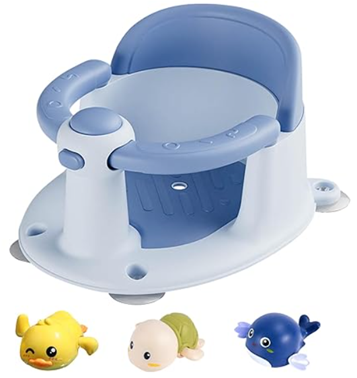
The recalled bath seats violate the mandatory standard for infant bath seats because they are unstable and can tip over while in use, posing a risk of serious injury or death due to drowning.
Consumers should immediately stop using the recalled bath seats and contact BenTalk to request a full refund. Consumers should send two photos of the recalled bath seats to BenTalk at bentalkhere@outlook.com. The first photo should have “Recalled” written on the front of the bath seat in permanent marker. The second photo should show the bath seat disassembled with the components removed.
About 8,960
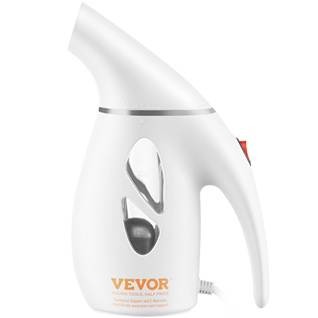
The steamers can leak or spit hot water, posing a risk of serious burn injury to users and bystanders. The water tank cap can also leak or detach during use, exposing users to hot water.
Consumers should immediately stop using the recalled steamers and contact Sanven Technology for a full refund. Consumers will be asked to provide their contact information and send a photo of the steamer with its unplugged cut power cord to receive a full refund.
About 2,840
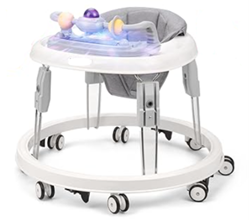
The recalled infant walkers violate the mandatory standard for infant walkers because they can fit through a standard doorway and fail to stop at the edge of a step, posing a deadly fall hazard. In addition, the infant walkers have leg openings that allow the child to slip down until the child's head can become entrapped, posing a risk of serious injury or death.
Consumers should stop using the recalled infant walkers immediately and contact BaoD for a full refund. Consumers should disassemble the walker, remove the fabric seat, write “Recalled” on the top of the tray in permanent marker, and email a photo of the recalled infant walker to BaoD at Uuoeebbrecalls@outlook.com. Consumers should dispose of the recalled infant walkers in accordance with state and local waste disposal procedures.
About 2,650
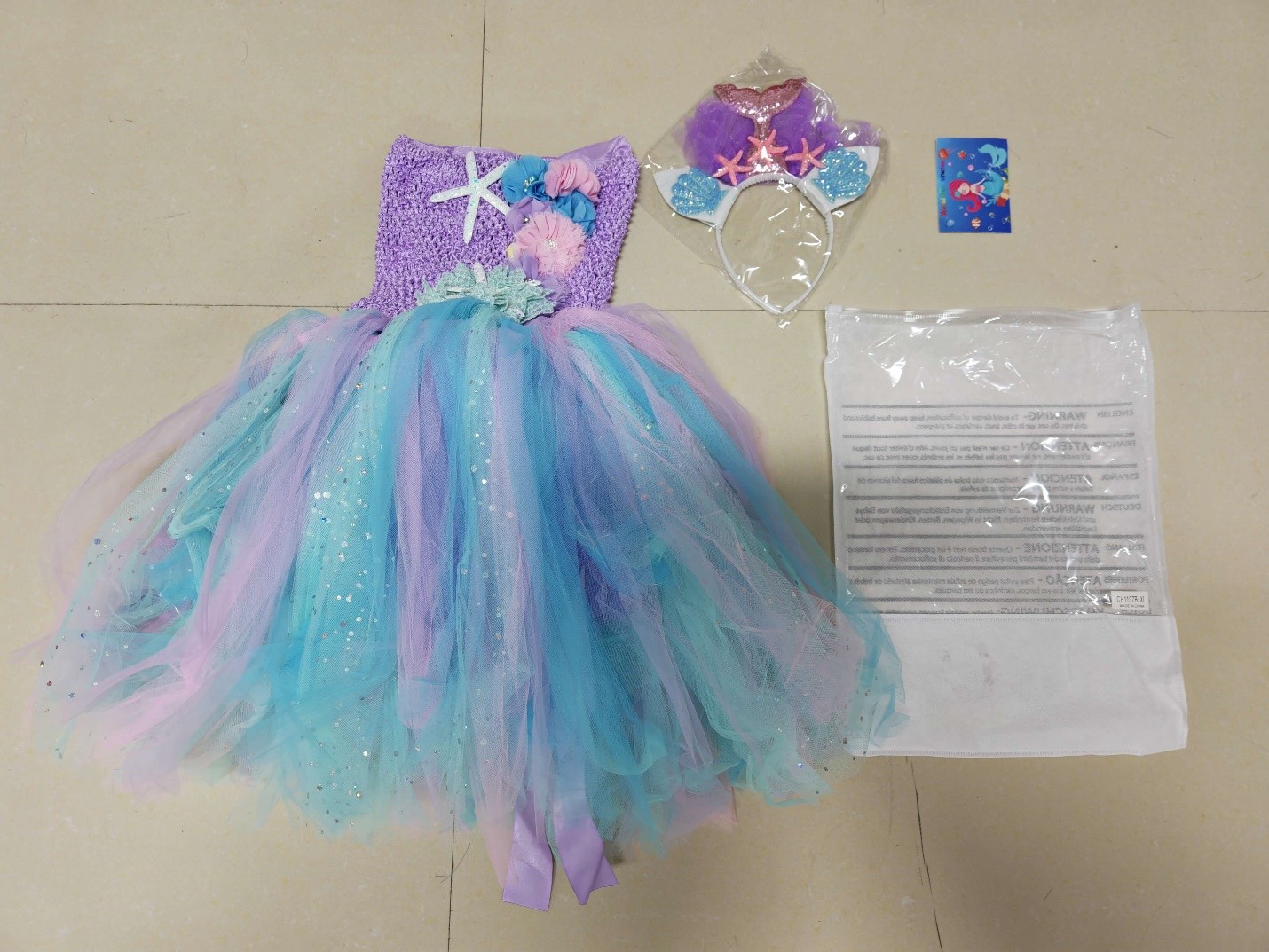
The children’s costumes contain a prohibited phthalate, which violates the federal phthalates ban. Phthalates are toxic if ingested by young children and can cause adverse health effects.
Consumers should immediately stop using the recalled costumes and take them away from children. Contact SKCAIHT Direct for a full refund. Consumers should cut the dress and submit a photo of the destroyed costume to pafiney@outlook.com.
About 1,300
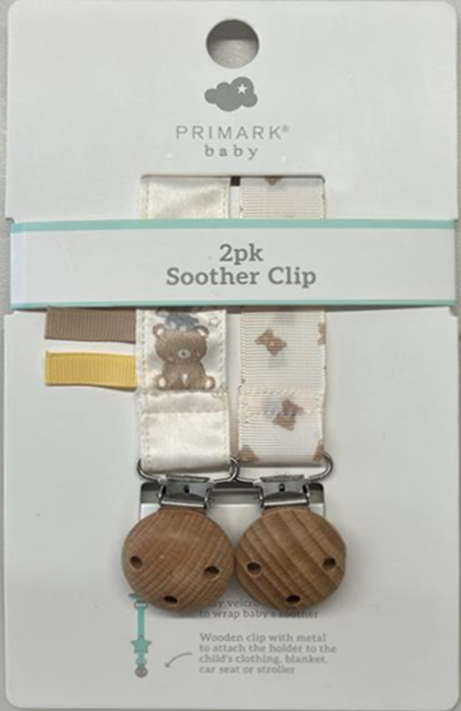
The wooden button on the soother clips can come off, exposing a sharp screw, which can pose choking and laceration hazards.
Consumers should immediately stop using the recalled soother clips and return them to a Primark store for a full refund in the original form of payment.
About 1,330

The bolts on the chainring can come loose, causing the chainring to separate from the bike, resulting in a fall or crash hazard to the user.
Consumers should immediately stop using the recalled bicycles and contact an authorized Trek dealer to schedule a free repair at the dealer location. The dealer will tighten the chainring bolts to the correct specification. Trek will provide consumers who participate in the recall with a $20 in-store credit toward Trek, Electra, or Bontrager merchandise. The credit is valid through December 31, 2026.
About 700

The lithium-ion battery in the recalled power banks can overheat and ignite, posing fire and burn hazards to consumers.
Consumers should stop using the recalled power banks immediately and visit INIU’s recall page at https://iniushop.com/pages/recall-b41# to verify the product serial number and register for a full refund.
About 210,000
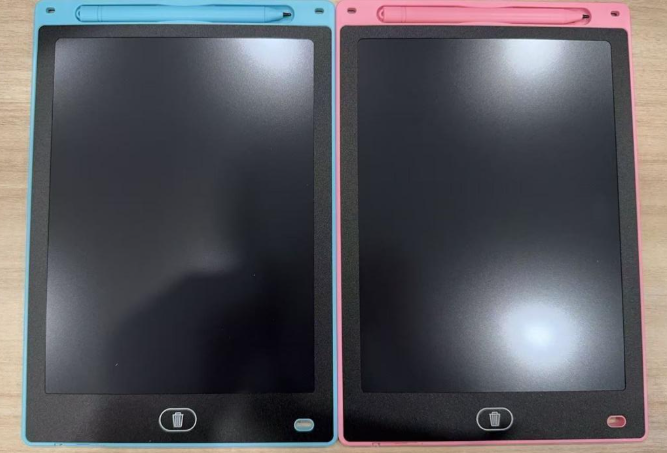
The recalled toys violate the mandatory standard for toys because the screw used to secure the battery compartment that contains a button cell battery does not remain attached as required. When button cell or coin batteries are swallowed, the ingested batteries can cause serious injuries, internal chemical burns, and death.
Consumers should immediately stop using the recalled writing tablet toys and contact KTEBO for a free replacement set of tablet toys. Consumers should write “RECALLED” on the back of both tablet toys that came in the set, take a photo of the marked tablet toys, and submit the photos to writing-tablet-recall@ktebo.com with “Recall Proof” and their name in the subject line.
Note: Button cell batteries are hazardous. Batteries should be disposed of or recycled by following local hazardous waste procedures.
About 10,380
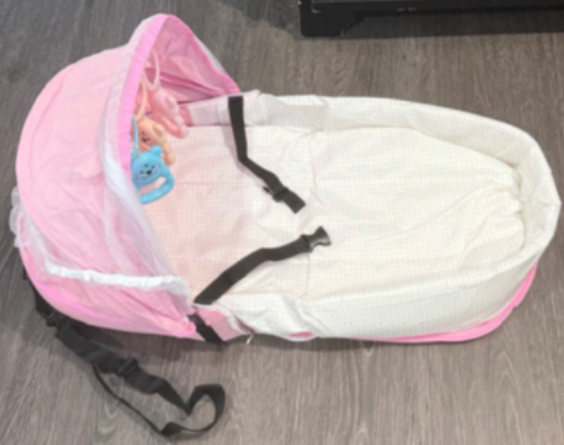
CPSC is warning consumers to immediately stop using Tuyedoqe travel bassinets because they violate the mandatory safety standard for Infant Sleep Products. The travel bassinets contain restraints, posing a strangulation hazard. In addition, the sides are too low to contain an infant, posing a serious risk of fall hazards. Also, the travel bassinets do not have a stand, posing a fall hazard if used on elevated surfaces. These violations create an unsafe sleeping environment for infants and can cause death or serious injuries.
CPSC urges consumers to immediately stop using the travel bassinets, remove the foam padding, cut the cover in half, and dispose of the cover and padding. Do not sell or give away these hazardous travel bassinets.
About 250

The helmets violate the impact attenuation, retention system, positional stability, certification and labeling requirements of the mandatory safety standard for bicycle helmets. With these violations, the helmets can fail to protect riders in the event of a crash, posing a deadly risk of head injury.
CPSC urges consumers to stop using the Duyue2 adult bike helmets immediately, cut the straps, and dispose of them. Do not sell or give away these hazardous helmets.
About 100
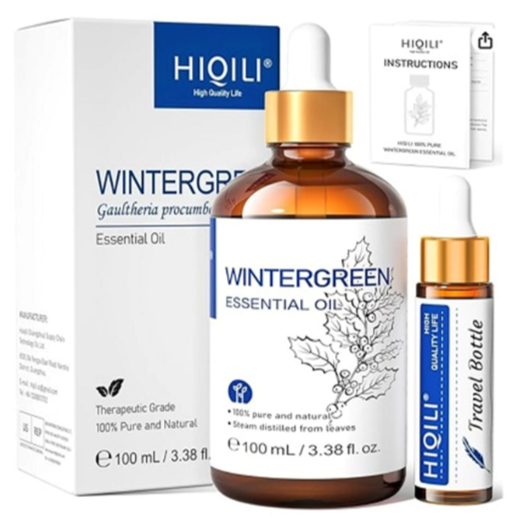
CPSC is warning consumers to immediately stop using HiQiLi Wintergreen Essential Oil because the oil contains methyl salicylate, which must be in child resistant packaging as required by the Poison Prevention Package Act. The packaging for the product’s two bottles are not child-resistant, posing a risk of serious injury or death from poisoning if the essential oil is swallowed by young children.
CPSC urges consumers to stop using the wintergreen essential oil immediately and dispose of them. Do not sell or give away this hazardous wintergreen essential oil.
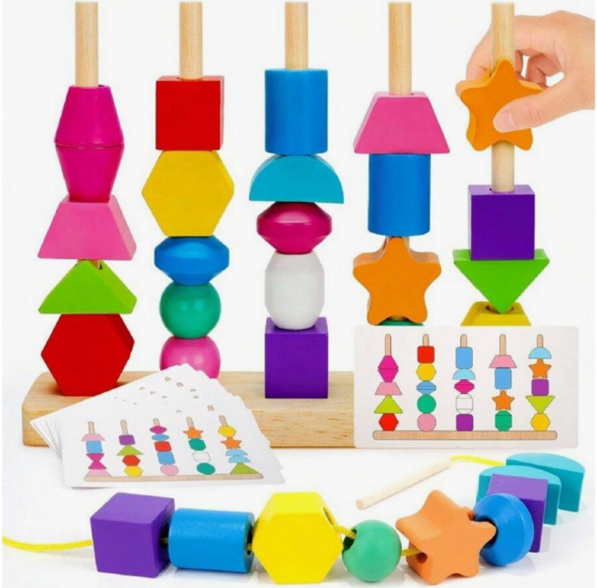
The Montessori wooden bead toys are intended for children under three years of age and violate the small parts ban because the beads are small parts, posing a deadly choking hazard.
CPSC urges consumers to stop using the toys immediately and dispose of them. Do not sell or give away these hazardous toys.
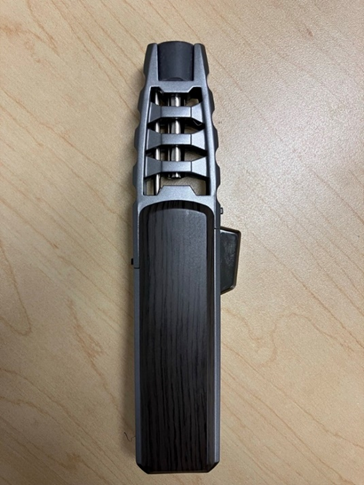
The lighters violate the mandatory standard for multipurpose lighters because they do not have the required child-resistant mechanisms, posing a risk of serious injury or death from fire and burn hazards.
CPSC urges consumers to stop using the lighters immediately and dispose of them in accordance with local disposal requirements. Do not sell or give away these hazardous lighters.
About 13,000
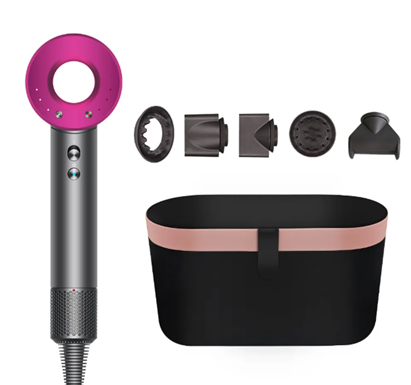
The hair dryers, which lack an integrated immersion protection device, can cause death or serious injury due to electrocution and shock hazards. The hair dryers are in violation of the federal regulations for hair dryers and present a substantial product hazard.
CPSC urges consumers to immediately stop using the hair dryers, and destroy them by unplugging, cutting the cord, and disposing in the garbage. Do not sell or give away these hazardous hair dryers.
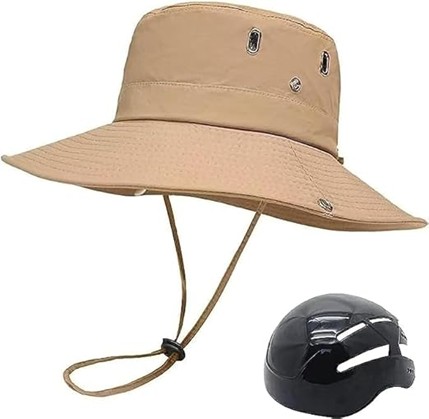
The helmets violate the retention system, positional stability, certification, and labeling requirements of the mandatory standard for bicycle helmets. With these violations, the helmets can fail to protect riders in the event of a crash, posing a deadly risk of head injury.
CPSC urges consumers to stop using the ALEBEE helmets immediately, cut the straps, and dispose of them. Do not sell or give away these hazardous helmets.
About 360
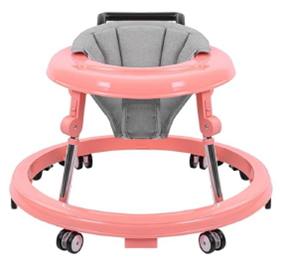
The infant walkers can fit through a standard doorway, fail to stop at the edge of a step and have leg openings that allow the child to slip down until the child's head can become entrapped.
CPSC urges consumers to stop using the infant walkers immediately and dispose of them. Do not sell or give away these hazardous infant walkers.
About 560
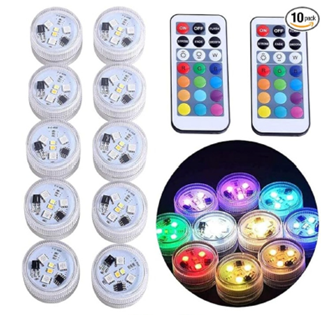
The LED lights contain lithium coin batteries that can be accessed easily by children, posing an ingestion hazard. Additionally, the LED light sets and remote control do not have the warnings as required by Reese’s Law.
CPSC urges consumers to stop using the LED lights immediately and dispose of them. Do not sell or give away these hazardous LED Lights.
About 32,700
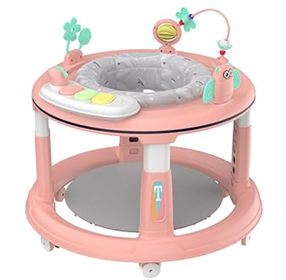
The infant walkers can fit through a standard doorway, fail to stop at the edge of a step and have leg openings that allow the child to slip down until the child's head can become entrapped.
CPSC urges consumers to stop using the infant walkers immediately and dispose of them. Do not sell or give away these hazardous infant walkers.
About 540

